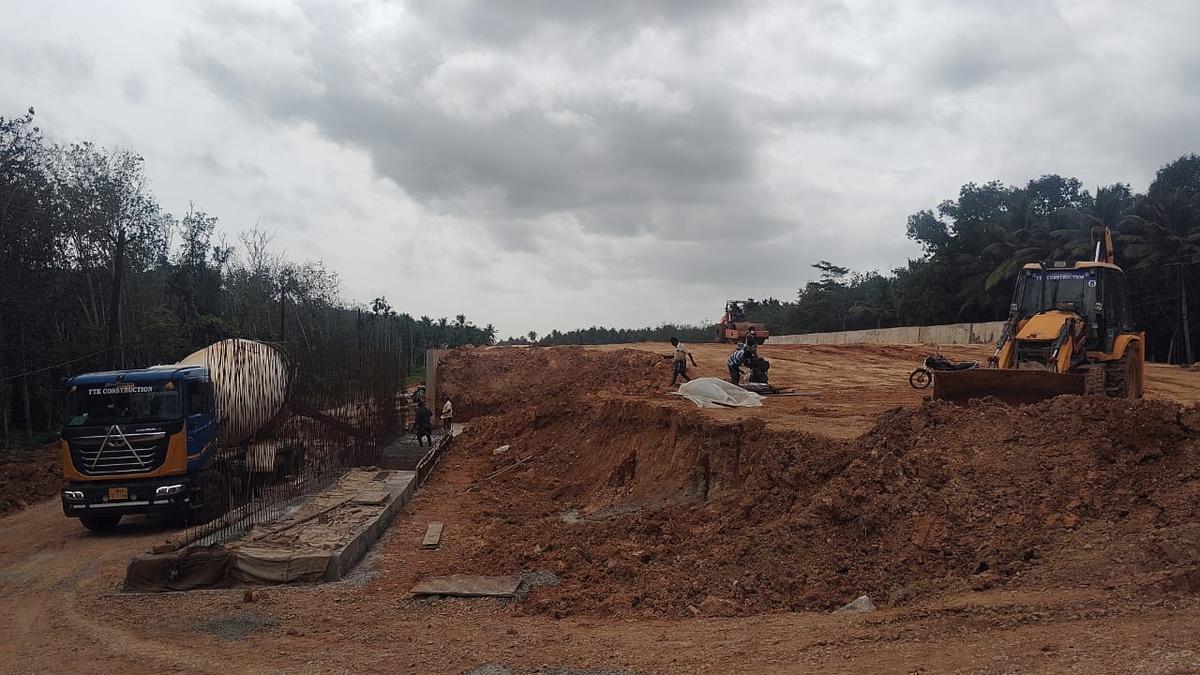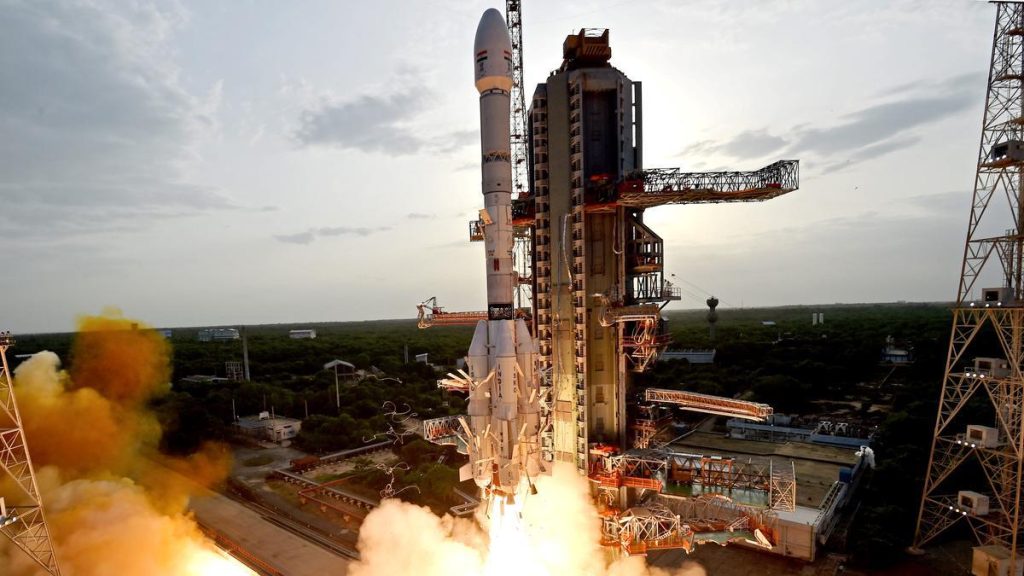Now Reading: NH 66 Widening in Kanniyakumari Set for April 2026 Completion
-
01
NH 66 Widening in Kanniyakumari Set for April 2026 Completion
NH 66 Widening in Kanniyakumari Set for April 2026 Completion

Quick Summary
- The widening of NH 66 into a four-lane road in Kanniyakumari district is now proposed to be completed by April 2026.
- The current two-lane road connecting Tamil Nadu and Kerala through Nagercoil is congested and characterized by potholes.
- After the Karamana-Kaliyakkavilai stretch opened roughly 18 months ago, commuters began diverting at Kaliyakkavilai junction, easing airport travel and western routes.
- Work halted when the original contractor, L&T Constructions, withdrew due to land acquisition challenges. New contracts went to private firms from Kerala and Tamil Nadu.
- Of the 54-km stretch in Kanniyakumari district, approximately 23 km remains incomplete.
- Proposed upgrades include major/minor bridges, underpasses/overpasses, aqueducts, an overbridge, culverts (new/widened), and a skywalk. Currently, 54 out of 93 planned structures are finished.
- A local activist highlighted construction near Palliayadi causing obstruction to waterflow in Pattanam canal-a vital irrigation source for ~15,000 acres of farmland-requiring urgent attention.
- Locals emphasized the need for project completion due to meaningful benefits for daily commuters accessing medical facilities and Thiruvananthapuram’s airport.
- An NHAI official cited limited cooperation from Tamil Nadu’s State government as a key issue delaying progress. Supply-chain constraints around materials like soil/gravel where flagged.
indian Opinion Analysis
The delayed progress on NH 66’s widening underscores key systemic challenges in infrastructure progress across India-land acquisition disputes and inter-governmental coordination being particularly critical hurdles. While the diversion at Kaliyakkavilai has lessened congestion temporarily for certain areas post-stretch completion in Kerala’s territory, incomplete sections within Tamil Nadu create persistent bottlenecks that impact transportation efficiency.
From broader implications: If resolved effectively-with timely material supply chains-it could spur connectivity between states while bolstering economic activity such as logistics businesses dependent on seamless highway networks. Additionally, addressing environmental concerns like canal blockages is integral not onyl for agriculture but for fostering enduring infrastructure practices moving forward.
This project also highlights how grassroots advocacy can play a role alongside formal institutional frameworks-activists raise pressing local impacts that might otherwise be overlooked amid large-scale developments.
Read more: Original Article Published – July 31st on The Hindu























